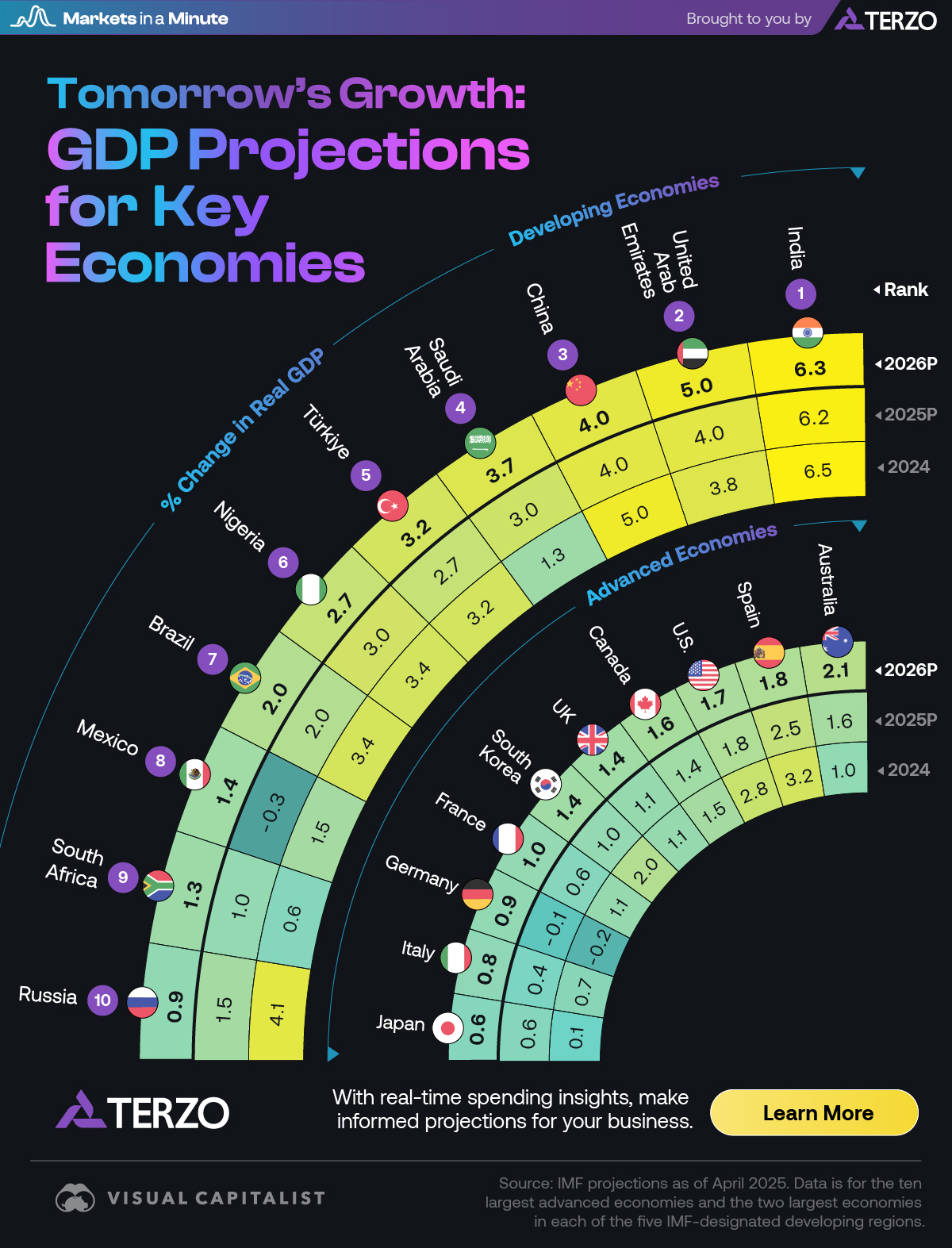Report on Robin Wright’s Career Recognition and its Alignment with Sustainable Development Goals
Introduction: The Crystal Nymph Award and Global Development
Actress Robin Wright was recently honored with the Crystal Nymph Award at the Monte Carlo Television Festival, recognizing a distinguished 40-year career in the television industry. An analysis of her career and public advocacy, particularly concerning her fight for equal pay, reveals a significant alignment with several of the United Nations’ Sustainable Development Goals (SDGs), primarily SDG 5 (Gender Equality) and SDG 8 (Decent Work and Economic Growth).
Advocacy for Gender Equality and Reduced Inequalities (SDG 5 & SDG 10)
A central theme of the interview with Ms. Wright was her vocal advocacy for equal pay, a critical component of achieving gender equality and reducing broader inequalities.
- SDG 5: Gender Equality: Ms. Wright’s fight for pay parity with her male co-stars directly addresses Target 5.1, which aims to end all forms of discrimination against women. Her actions challenge systemic gender bias in the workplace, promoting economic empowerment for women.
- SDG 10: Reduced Inequalities: By demanding equal pay for work of equal value, Ms. Wright’s efforts contribute to Target 10.3, which seeks to ensure equal opportunity and reduce inequalities of outcome. This advocacy helps to close the gender pay gap, a major driver of economic inequality.
Contributions to Decent Work and Economic Growth (SDG 8)
Ms. Wright’s extensive career and her principles regarding fair compensation underscore the objectives of SDG 8, which promotes sustained, inclusive, and sustainable economic growth, full and productive employment, and decent work for all.
- Sustained Career in the Creative Economy: A 40-year career in the television industry exemplifies sustained participation in and contribution to the global creative economy, a key driver of economic growth.
- Championing Decent Work: Her stance on equal pay is a direct call for the principles outlined in Target 8.5: to achieve decent work for all women and men and equal pay for work of equal value.
- Promoting Strong Institutions: By using her platform to demand transparency and fairness from employers, Ms. Wright advocates for the kind of just and accountable institutional practices promoted under SDG 16 (Peace, Justice and Strong Institutions).
Conclusion: Leveraging Influence for Sustainable Development
The recognition of Robin Wright’s career extends beyond her artistic achievements. It highlights the powerful role that influential figures can play in advancing the 2030 Agenda for Sustainable Development. Her public discourse on equal pay serves as a high-profile case study in advocating for gender equality, decent work, and reduced inequalities, demonstrating a tangible connection between individual action and global development objectives.
Analysis of Sustainable Development Goals in the Article
1. Which SDGs are addressed or connected to the issues highlighted in the article?
The article’s mention of Robin Wright’s “fight for equal pay with her male counterparts” directly connects to several Sustainable Development Goals that address gender equality, economic justice, and fair employment practices.
-
SDG 5: Gender Equality
This goal is central to the issue discussed. The fight for equal pay is a fundamental aspect of achieving gender equality, as it targets economic discrimination against women.
-
SDG 8: Decent Work and Economic Growth
This goal is also highly relevant as it promotes fair and productive employment for all. The principle of “equal pay for work of equal value” is a key component of decent work.
-
SDG 10: Reduced Inequalities
The article touches upon this goal by highlighting the inequality in pay between genders. Closing the gender pay gap is a crucial step in reducing overall economic inequality within and among countries.
2. What specific targets under those SDGs can be identified based on the article’s content?
The article’s focus on the “fight for equal pay” allows for the identification of specific targets within the aforementioned SDGs.
-
Target 5.1: End all forms of discrimination against all women and girls everywhere.
The disparity in pay between men and women for similar roles, as alluded to in the article, is a form of economic discrimination. Robin Wright’s “fight” is an effort to end this specific type of discrimination in her industry.
-
Target 8.5: By 2030, achieve full and productive employment and decent work for all women and men… and equal pay for work of equal value.
This is the most direct target related to the article’s content. The phrase “equal pay with her male counterparts” perfectly aligns with the target of achieving “equal pay for work of equal value.”
-
Target 10.2: By 2030, empower and promote the social, economic and political inclusion of all, irrespective of… sex…
Achieving equal pay is a critical mechanism for the economic empowerment and inclusion of women. The struggle mentioned in the article is a direct action towards this form of inclusion.
3. Are there any indicators mentioned or implied in the article that can be used to measure progress towards the identified targets?
While the article does not provide specific data, it implies the use of certain indicators to measure progress.
-
Indicator 8.5.1: Average hourly earnings of female and male employees, by occupation, age and persons with disabilities.
The article’s reference to a “fight for equal pay with her male counterparts” implies a direct comparison of earnings between genders for the same work. This comparison is the basis of the gender pay gap calculation, which is what Indicator 8.5.1 measures.
-
Indicator 5.1.1: Whether or not legal frameworks are in place to promote, enforce and monitor equality and non-discrimination on the basis of sex.
The term “fight” suggests a struggle against existing norms or a lack of enforcement. This implies a need for stronger policies or legal frameworks to ensure equal pay, which is what this indicator tracks.
4. Summary Table of SDGs, Targets, and Indicators
| SDGs | Targets | Indicators |
|---|---|---|
| SDG 5: Gender Equality | Target 5.1: End all forms of discrimination against all women and girls everywhere. | Indicator 5.1.1 (Implied): Whether or not legal frameworks are in place to promote, enforce and monitor equality and non-discrimination on the basis of sex. |
| SDG 8: Decent Work and Economic Growth | Target 8.5: By 2030, achieve full and productive employment and decent work for all women and men… and equal pay for work of equal value. | Indicator 8.5.1 (Implied): Average hourly earnings of female and male employees, by occupation. |
| SDG 10: Reduced Inequalities | Target 10.2: By 2030, empower and promote the social, economic and political inclusion of all, irrespective of… sex… | The “fight for equal pay” is an action toward this target, measured by the reduction in the gender pay gap (related to Indicator 8.5.1). |
Source: france24.com







